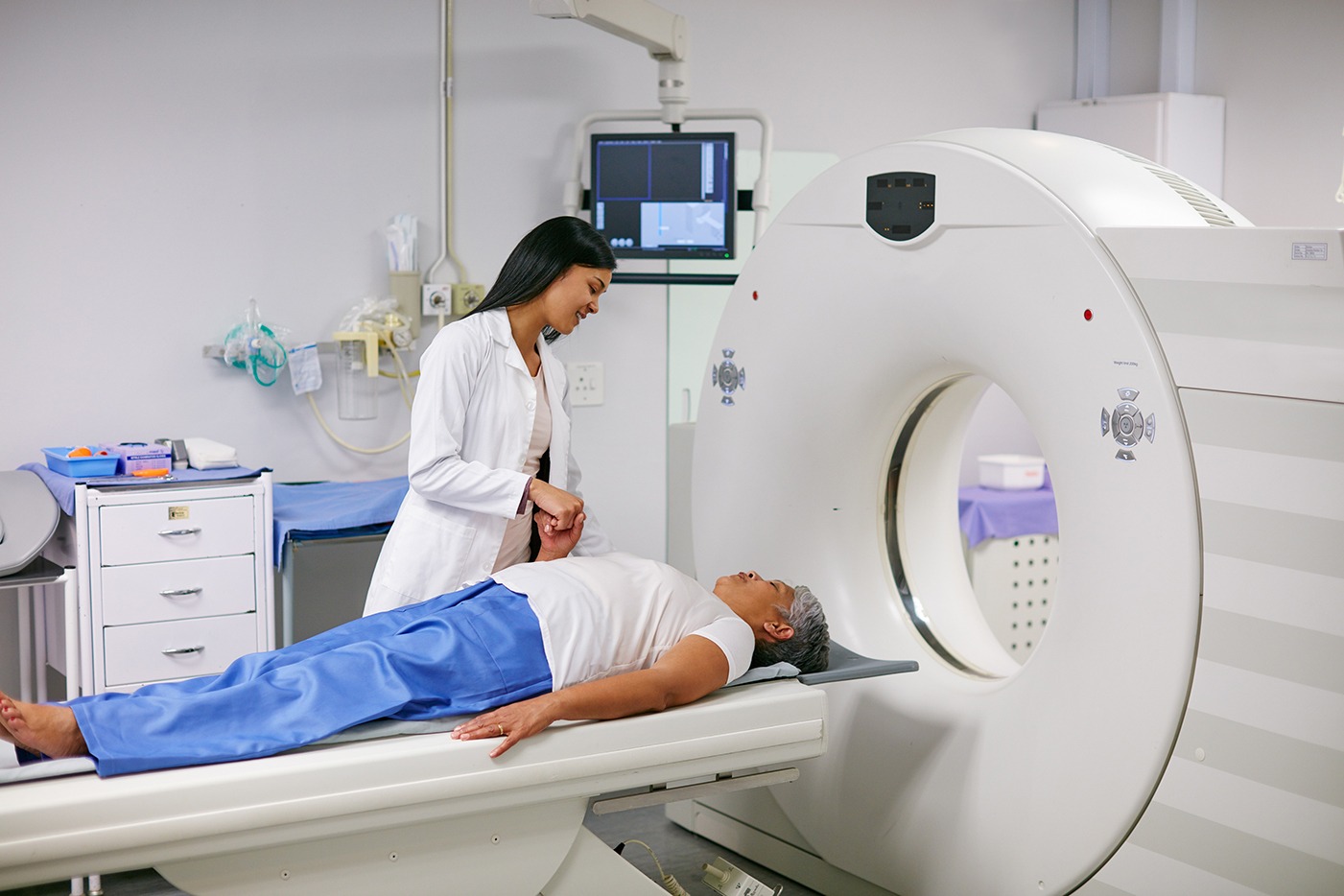Advantages of MRI LS Spine WSS
1] Comprehensive Spine Evaluation - One of the key benefits of the MRI LS Spine WSS is that it provides a holistic view of the entire spine. While traditional lumbar spine MRIs focus specifically on the lower back, the whole spine screening enables doctors to evaluate other regions, such as the thoracic and cervical parts of the spine. This is particularly useful in diagnosing conditions that affect multiple spinal regions, ensuring that no area of concern is overlooked.
2] High-Resolution Imaging - MRI is known for its ability to provide highly detailed images of soft tissues. For spine conditions, this is invaluable, as it allows doctors to see issues such as herniated discs, spinal cord compression, muscle spasms, or nerve damage with great clarity. MRI LS Spine WSS provides even better resolution and contrast, ensuring accurate diagnosis.
3] Non-Invasive and Safe - MRI is a non-invasive diagnostic tool, meaning it does not require surgery or the use of radiation. This makes it a safer option than other imaging techniques, such as CT scans or X-rays, especially for patients who need multiple scans over time. MRI scans have no known risks, making them ideal for repeated use in monitoring chronic conditions.
4] Early Detection and Prevention - The MRI LS Spine WSS can identify early signs of spinal conditions such as degenerative disc disease, herniated discs, and spinal stenosis before symptoms become severe. Early detection allows for prompt intervention, which can often prevent the need for more invasive treatments, such as surgery. Additionally, it can help track the progression of chronic conditions and assess the effectiveness of treatments.
5] Detailed Soft Tissue Imaging - MRI excels in imaging soft tissues, which are critical when assessing conditions affecting the spine. Conditions such as disc bulges, ligament tears, nerve impingement, and muscle strains can be identified with a high degree of accuracy using MRI. This is particularly useful for understanding the root cause of pain or discomfort, whether it is due to structural changes or soft tissue damage.
Common Conditions Diagnosed with MRI LS Spine WSS
1] Degenerative Disc Disease - As people age, the spinal discs may lose moisture and elasticity, leading to degeneration. This can cause pain, reduced mobility, and other symptoms. MRI LS Spine WSS can help identify degeneration in the discs of the lumbar spine, as well as in other regions, enabling doctors to monitor the condition and plan effective treatments.
2] Herniated or Bulging Discs - A herniated or bulging disc occurs when the soft inner core of a disc pushes through the outer layer and compresses nearby nerves, causing pain, numbness, or weakness. MRI LS Spine WSS is an ideal diagnostic tool for visualizing these conditions, which may affect more than one spinal region.
3] Spinal Stenosis - Spinal stenosis refers to the narrowing of the spinal canal, which can lead to pressure on the spinal cord or nerves. It can occur anywhere in the spine, but is most common in the lumbar and cervical regions. MRI LS Spine WSS can clearly show the extent of stenosis, helping doctors determine the best course of action.
4] Spondylolisthesis - Spondylolisthesis is a condition in which one vertebra slips out of place over the one below it, often due to degenerative changes or injury. MRI LS Spine WSS can help assess the degree of slippage and its impact on the spinal cord or nerves, guiding treatment decisions.
5] Spinal Infections or Tumors - In rare cases, infections or tumors can affect the spine, causing pain or neurological symptoms. MRI LS Spine WSS is highly effective in identifying these serious conditions early, which is crucial for successful treatment.









